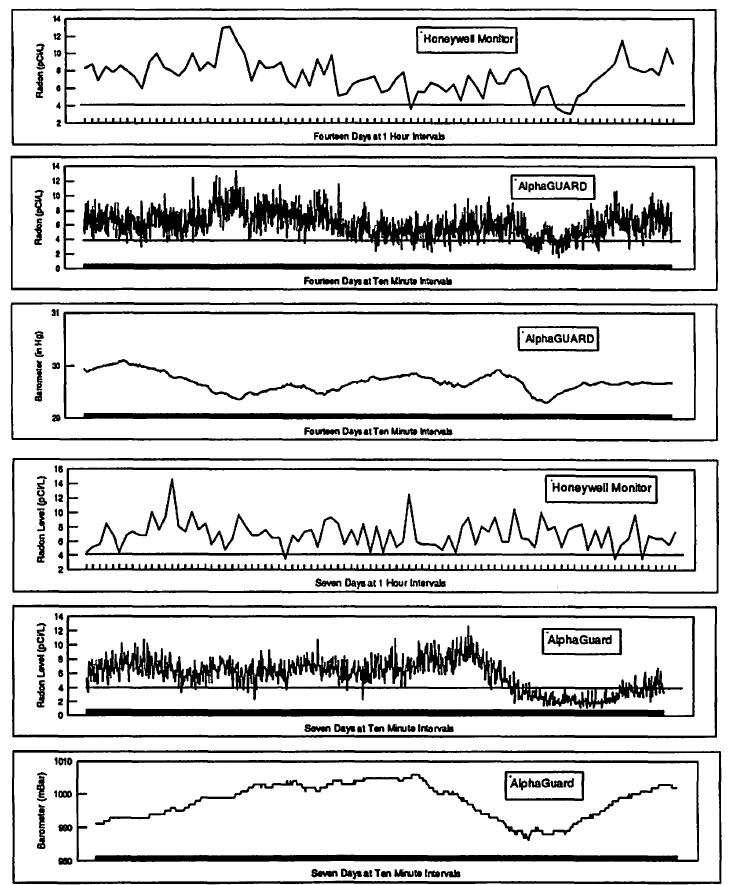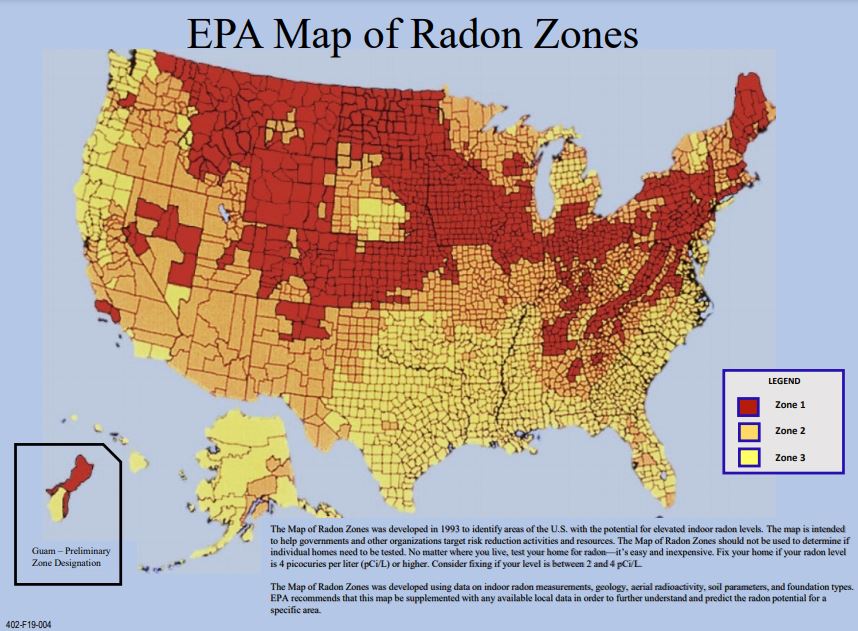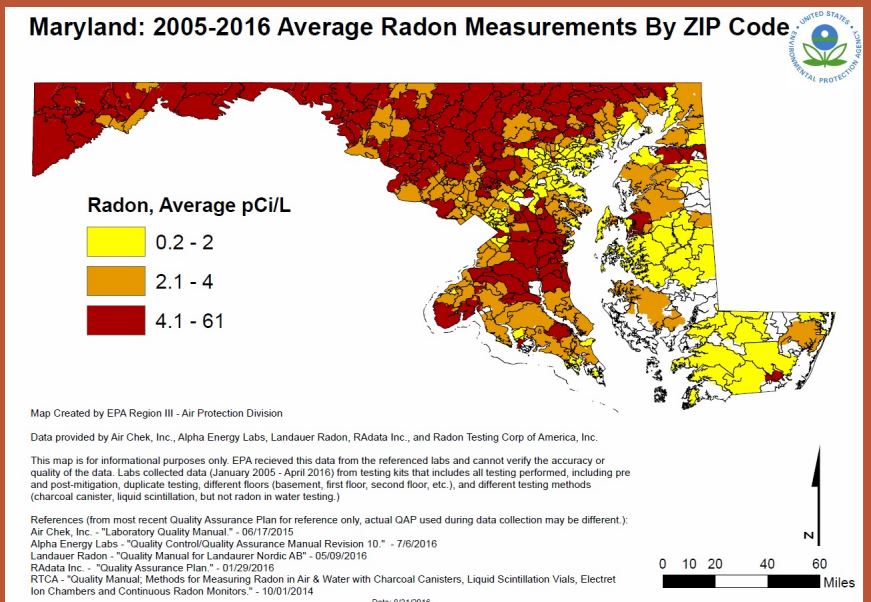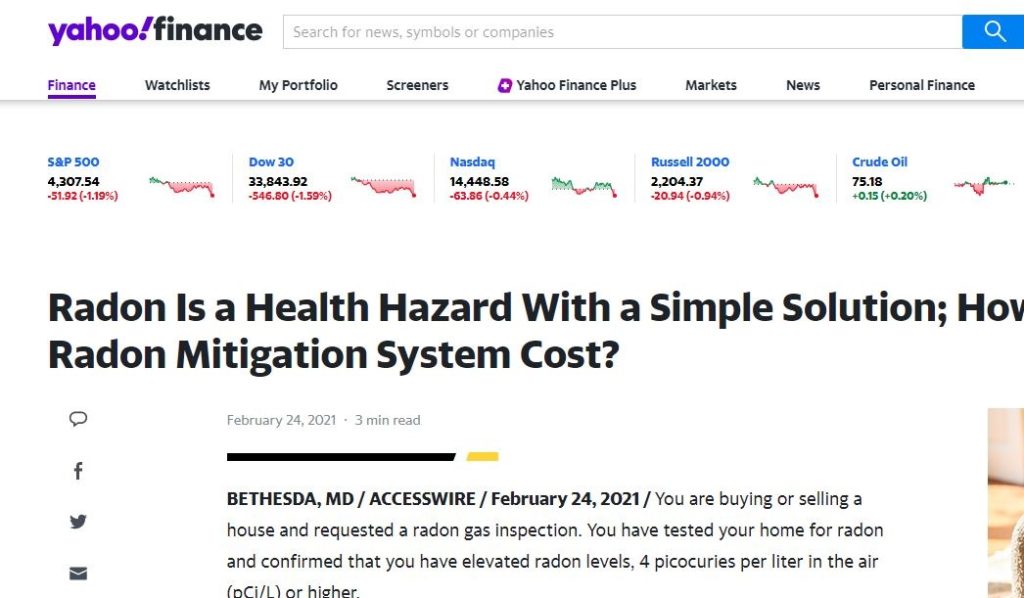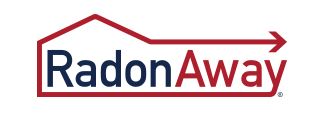Radon Level Charts
Radon levels are typically measured in units of picocuries per liter (pCi/L) of air. The following radon level charts provides a general guideline for interpreting radon levels:
- Less than 2 pCi/L: This is considered a safe level of radon, and no action is typically necessary.
- 2-4 pCi/L: While this level is still relatively low, it is recommended that homeowners consider taking action to reduce radon levels in their homes.
- 4-8 pCi/L: At this level, it is recommended that homeowners take action to reduce radon levels in their homes as soon as possible.
- 8-20 pCi/L: This level is considered high, and homeowners should take immediate action to reduce radon levels in their homes.
- Greater than 20 pCi/L: This level is considered very high, and homeowners should take immediate action to reduce radon levels in their homes.
It is important to note that this is just a general guideline of a Radon Level Charts, and specific actions may vary depending on individual circumstances. It is recommended that homeowners test their homes for radon levels and consult with a professional to determine the best course of action for their specific situation.
Indoor Humidity effect on radon levels
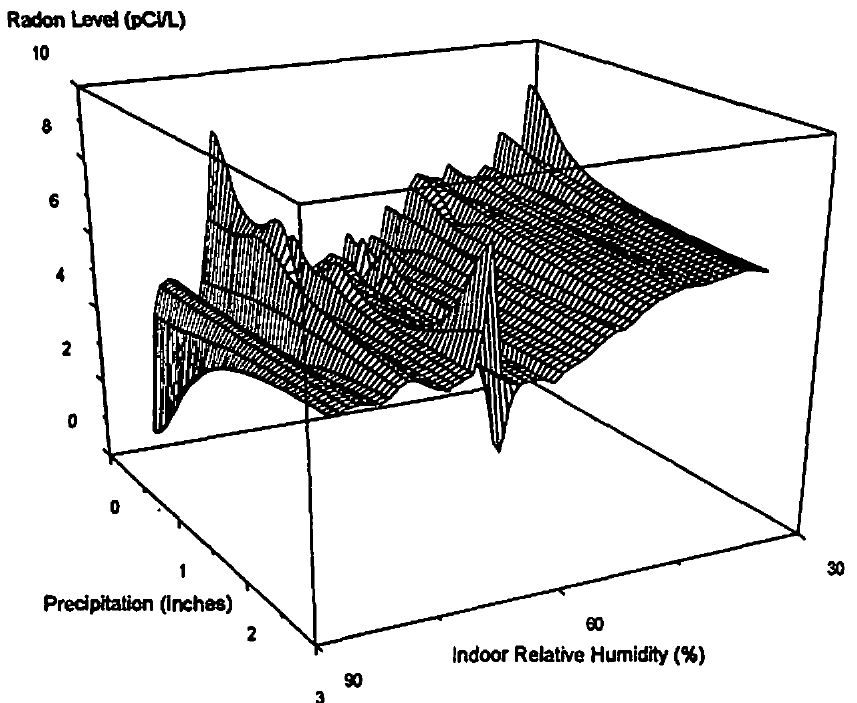
The relationships between radon level charts, precipitation, and low indoor
humidity conditions (typical of
those encountered in cold weather)
are illustrated here.
Low humidity conditions
occur most often in wintertime
when the house receives the
full impact of the stack effect. On
the other hand, high humidity conditions
(Common in weather permitting
open house conditions) are
accompanied by lower radon levels.
In general, under (wintertime)
conditions of low indoor relative
humidity, the radon level is
elevated.
Barometric Pressure effects on Radon Levels

in radon influx.
